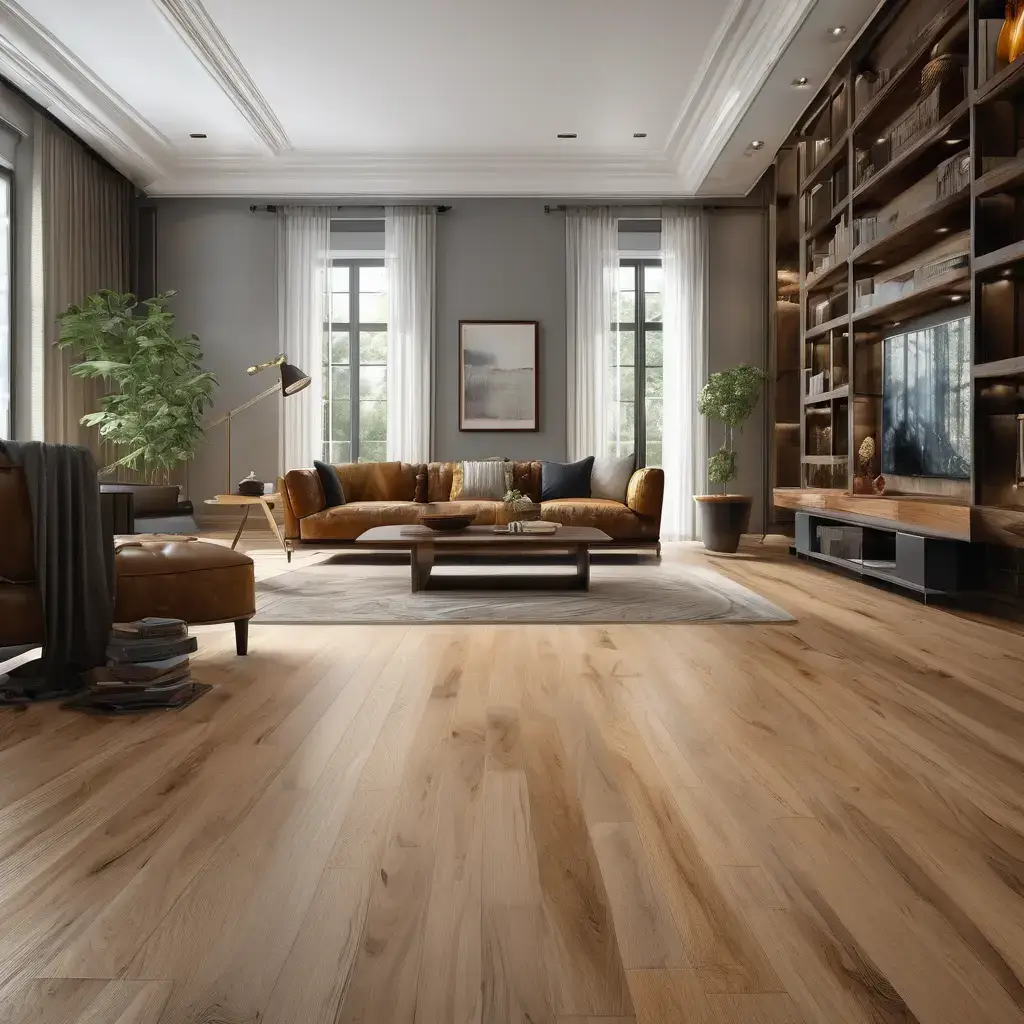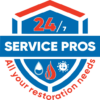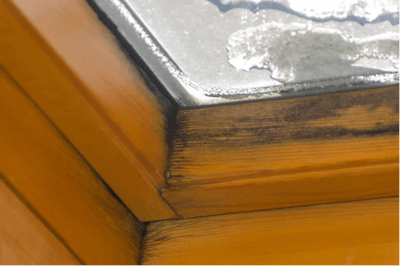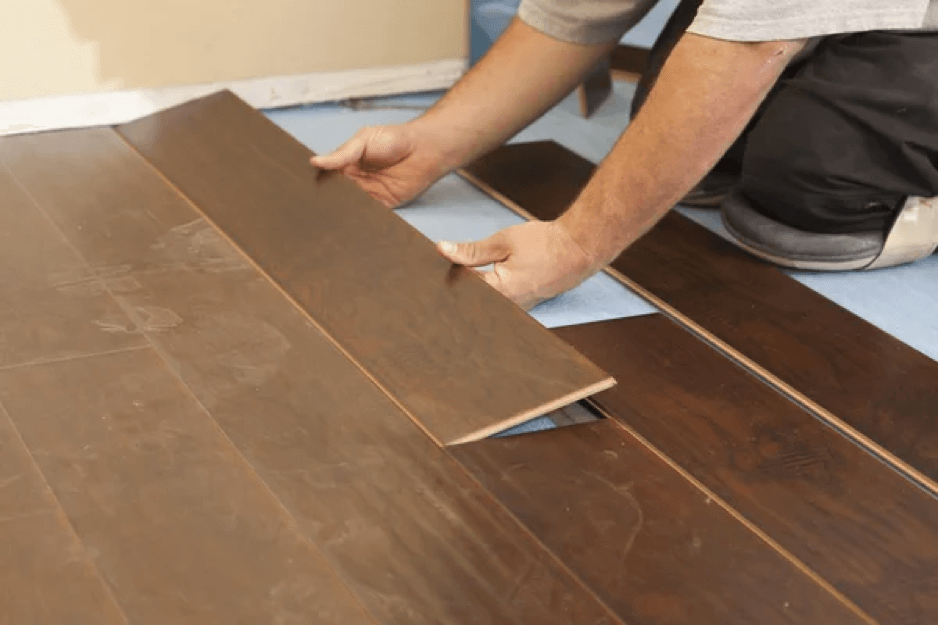Countless homeowners fantasize about having luxurious hardwood floors that complete their home’s aesthetic and cause everyone who enters their house to sigh with envy.
On the maintenance front, however, most people are unaware of all the maintenance work that comes with hardwood.
Please continue reading to learn how to clean grime off hardwood floors or call our restoration experts with your questions.
Table of contents
How To Deep Clean Hardwood Floors
Here are three main steps for how to properly clean hardwood floors
- Thoroughly Remove Dirt. Vacuum or sweep to remove debris that has accumulated on your floor.
- Mop Your Wood Flooring. Once you have dealt with the dust and debris, mop your floors by applying a cleaning solution to your floor and using your mop to remove streaks and stains.
- Polish Your Hardwood Floor. The final step in your how to clean your wood flooring tutorial is to polish your newly swept and mopped floors. Attach a polishing cloth to the end of your household mop and use a shine solution to restore a glossy finish to your floors.

Three Steps for Cleaning Old Hardwood Floors in Details
Let go into depth a bit more and explore the process of cleaning your hardwood flooring.
1. Remove Dirt and Debris
Start by sweeping up any loose dirt and dust that accumulates on your floor. Hardwood floor experts highly recommend that you use a vacuum designed for cleaning. Look for a vacuum that does not use a rotating beater brush that can scratch and damage the finish, so you can clean up any dirt and debris safely.
Using a broom or traditional carpet vacuum cleaner for wood flooring may cause sand, grit, and dirt to scratch the finish of your floors. This could expose the raw wood to moisture during the cleaning process or through daily traffic. Vacuuming up the debris eliminates this potential problem helps to keep the finish intact for as long as possible.
2. Apply Mop
After you remove all the dirt and dust off the floor, you are ready to apply your cleaning solution. Think of this as giving your floors a mop bath. The type of floor cleaner you use largely depends on the finish. Modern wood floors are sealed with polyacrylic, urethane, or polyurethane upon completion. This protects the wood underneath, and it makes cleaning a much easier task.
a. Determine The Type of Finish You Have
Older or original hardwood is usually sealed with a penetrating sealant, shellac, lacquer, or an oil-base finish before being waxed. These older floors require different cleaning products than a modern or recently installed hardwood floor.
An easy way to determine what kind of finish is present is by running a finger across a plank or strip of the floor. If it smudges, you have an older finish and sealant. If it doesn’t smudge, your wood floor has a hard, modern finish.
Never, ever use a floor cleaner that contains ammonia, abrasives, or alkaline products. These chemicals strip that sealant right out of the wood and dull your floor’s finish. Always use a hardwood floor cleaner with a pH-neutral soap, such as Murphy’s Oil Soap mixed with warm water and a mop.
b. Fill Your Bucket
Once you have the appropriate cleaner for your floor, mix up a bucket according to directions or apply the spray from a bottle as directed. There are many all-in-one spray mops designed for cleaning hardwood flooring. These tools simplify this task by removing the bucket from the general cleaning process. You still need a bucket of cleaner and a damp mop to do really deep cleanings.
c. Wring Out Your Mop
Wring the mop out so it is only slightly damp before applying it to the floor. Begin cleaning from far edges of the room and work your way towards the entry or doorway in a consistent pattern that covers the entire floor.
Remove water rings or stains from modern hardwood finishes with a little elbow grease and a cleaning cloth. Older, soft oil finishes for hardwood floors may require you to remove stains and rings with some steel wool dipped in floor wax. If this doesn’t work, try sanding it gently before applying mineral spirits and fine steel wool before waxing the affected area.
Never use steel wool on a modern urethane or acrylic hardwood floor finish. This creates an expensive repair that most people cannot complete on their own.
3. Polish and Shine
Apply the finishing touch when you clean your hardwood flooring with a polishing cloth attached to a mop. It is highly recommended that you use a wood floor shine refresher solution, or floor restorer in the case they are older, to give your floors a high gloss, like-new shine. You should apply a restorer at least every three to six months to keep your hardwood floor looking its best.
Finally, you should protect the high-traffic areas of your home – like doorways, entryways, and staircases – with rugs or runners to prevent long-term damage. This also makes cleaning much easier.
Learn More
- 7 Tips For Drying Wet Carpet And Preventing Mold Growth
- How To Detect Mold In Carpet
- What Happens if Water Gets Under Vinyl Flooring?
Tips For How To Keep Hardwood Floors Clean
What are some practical tips that can be used to keep your wood flooring clean? Let’s take a look at three different types of hardwood flooring and the best tips for keeping them clean and maintained.
- Vintage Floors. When it comes to tips for how to clean old floors, you should avoid harsh chemical-based cleaning solutions and instead opt for a water-based solution.
- New Wood Flooring. When it comes to the question of how to clean new hardwood floors, you should always follow the directions listed by the hardwood flooring manufacturer. Different new hardwood types may require different cleaning methods so it’s important to learn what’s best for your hardwood floor before attempting to clean it.
- Dark Hardwood Flooring. Now comes the question of how to clean dark wood flooring. Dark wood floors are generally less forgiving than lighter shades of hardwood as dust will show up more easily. Make sure that you always remove your shoes and use felt pads on furniture to prevent scratches and stains on dark hardwood.


